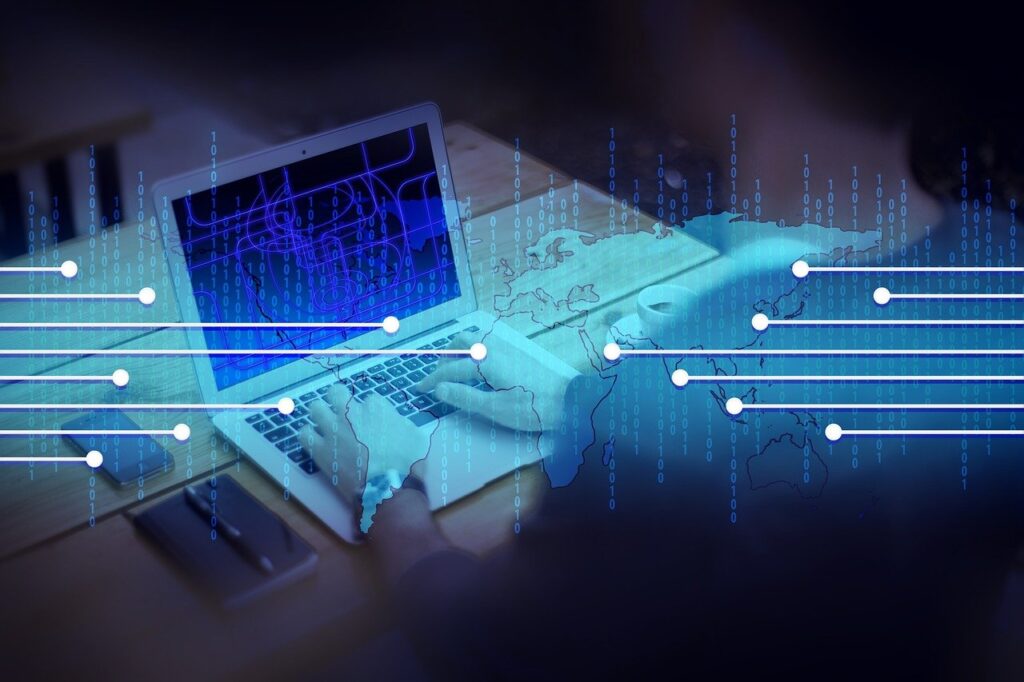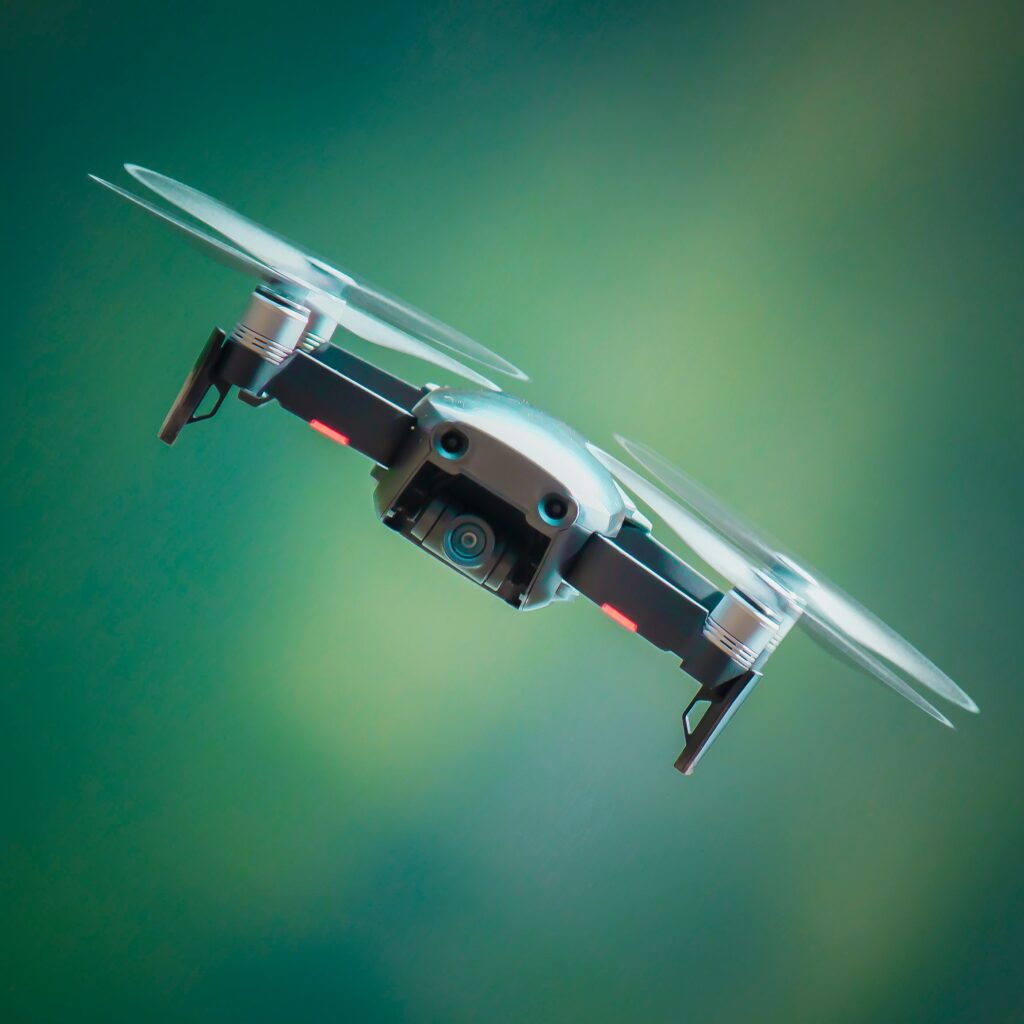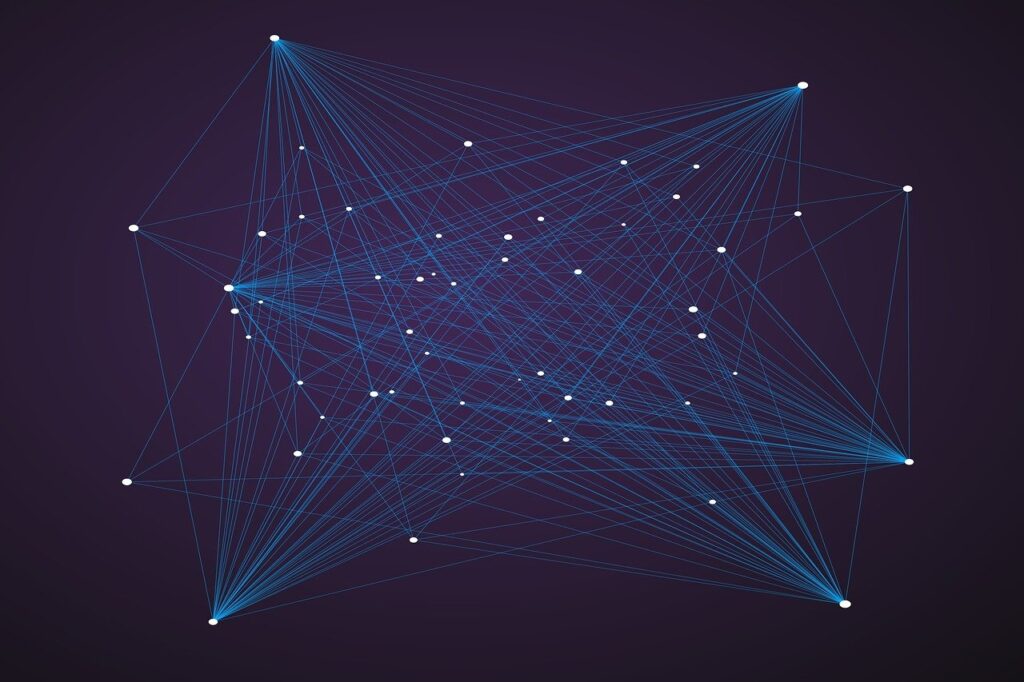by Dot Cannon

For most of us, a broken computer is an inconvenience.
For an imaginative young girl, it proved a career catalyst.
“When I was around 10 years old, my dad’s computer broke,” explains award-winning OpenBCI embedded software engineer Eva Esteban, via e-mail. Her dad, she adds, told her repairs would cost “a couple of hundred dollars.”
“At the time, that seemed like an insane amount of money,” Eva says. “…I decided to try and fix it myself.”
Collecting spare electronics from around the house and duplicating the broken component, she was ultimately successful.

“The computer worked for the next 15 years,” Eva says. “I’d always enjoyed tinkering with my toys, but that was the first time I realized I could use my skills to solve real-world problems.”
Creativity and augmentation
Fast-forward to today.
Eva is still solving real-world problems, as she and her colleagues pioneer the future of human-computer interaction.
As the first full-time engineer hired by open-source neurotechnology company OpenBCI, she says she spends “about 70%” of her workdays creating firmware for OpenBCI’s latest project, Galea.
Galea is a hardware and software platform that merges next-generation biometrics with mixed reality.

In layperson’s terms, this is the first device to integrate brain, muscle, heart, eye and skin-tracking sensors into a single headset, and combine these sensing capabilities with extended reality. Eva describes Galea as “an exciting new tool for understanding and augmenting the human mind and body”.
A standing-ovation presentation

One aspect of Galea’s capabilities served as the centerpiece of OpenBCI Founder/CEO Conor Russomanno’s TED Talk, in Vancouver, BC in April.
Working with technologist and disability rights activist Christian Bayerlein, who lives with spinal muscular atrophy, the OpenBCI team was able to demonstrate Galea’s ability to turn the human body into a sort of digital joystick.
Wearing the Galea multimodal biosensing headset, along with some additional sensors, Christian used his muscles to fly a drone over the audience, maneuver it in response to viewers’ directions, and bring it back onstage for what looked like a very smooth landing. Conor explained that the team had mapped Christian’s controllable muscle activity, creating four digital “buttons” which allowed him to control the drone.
“He had always wanted to fly a drone, but had been unable to, due to his condition,” Eva explains.
But despite the standing ovation which Christian, Eva and Conor received at the end of this particular TED talk, the drone flight was just one facet of OpenBCI’s work.
Eva says that this particular demo is part of their larger, NeuroFly project–which has an open-source software toolkit to replicate the control system! Here’s where you can sign up to be notified when the toolkit becomes available.
Her creative journey

Eva, who first began working at OpenBCI as an intern, has worked on Galea for much of the development journey. Her strong interest in psychology, along with her interest in math and science and what she describes as a “tendency to tinker”, makes neurotechnology a field which exercises her creativity.
As an intern, she says, she came up with weekly projects to showcase OpenBCI’s products–including this very cool blink-controlled slideshow. In her early days at OpenBCI, she developed both firmware and software for Galea before deciding to specialize in firmware. Today, when she isn’t creating firmware, Eva works on recruitment, sales and establishing collaborator partnerships.
In addition to accessibility, Galea has numerous other applications, as it empowers wearers to move both virtual and physical objects without using a mouse, keyboard or gamepad.
Education, healthcare, human performance enhancement and user experience testing are all among the areas Eva mentions, in which Galea is breaking new ground.
Meanwhile, OpenBCI carries on their mission of ethically lowering the barriers to entry for brain-computer interfacing. Here’s where you can find out more and download their open-source code and design files. (And if you’re in a position to support them by donating, here’s more information.)
For OpenBCI and for Eva, 2023 brought some exciting milestones–including a professional accolade she hadn’t imagined.
